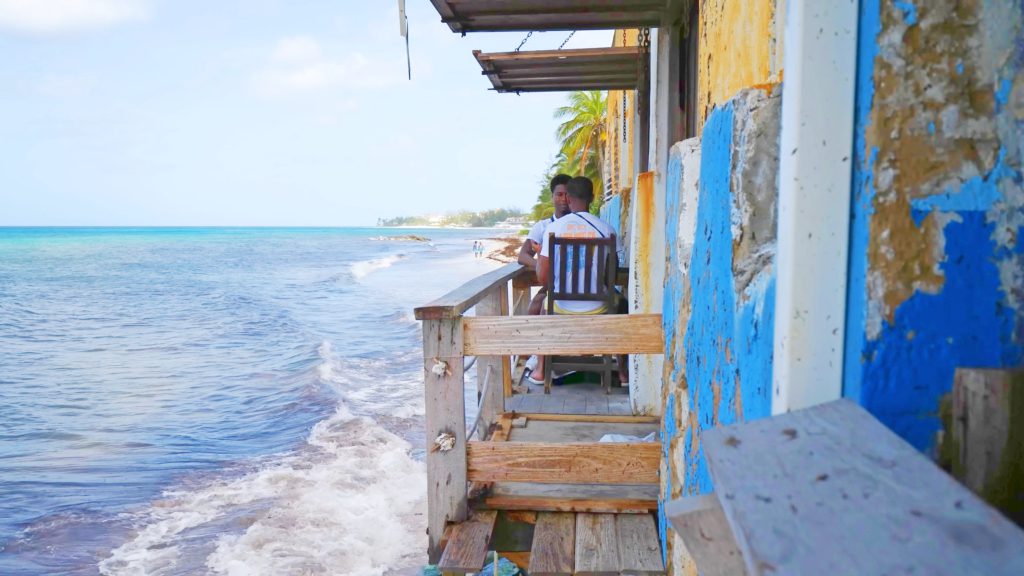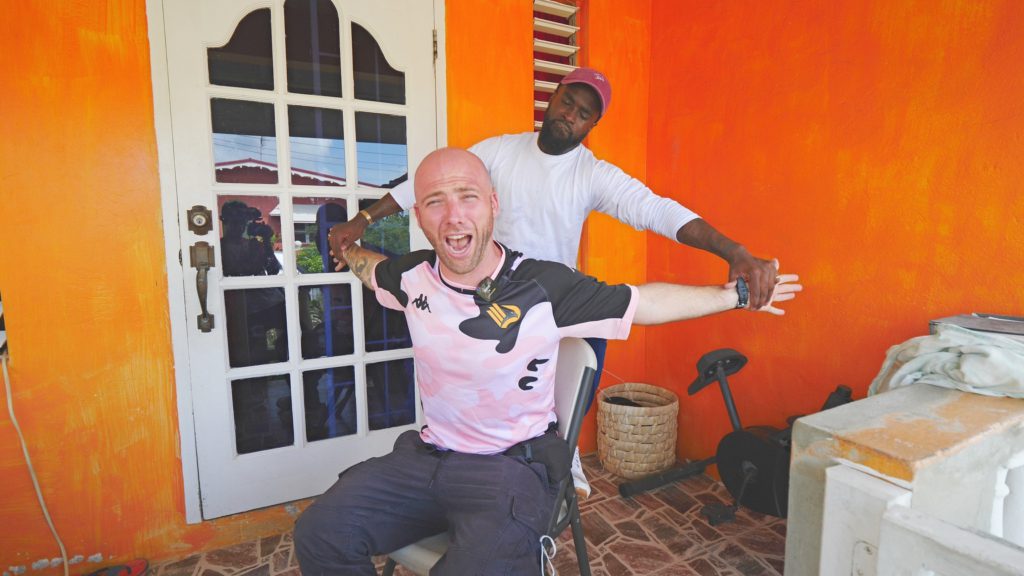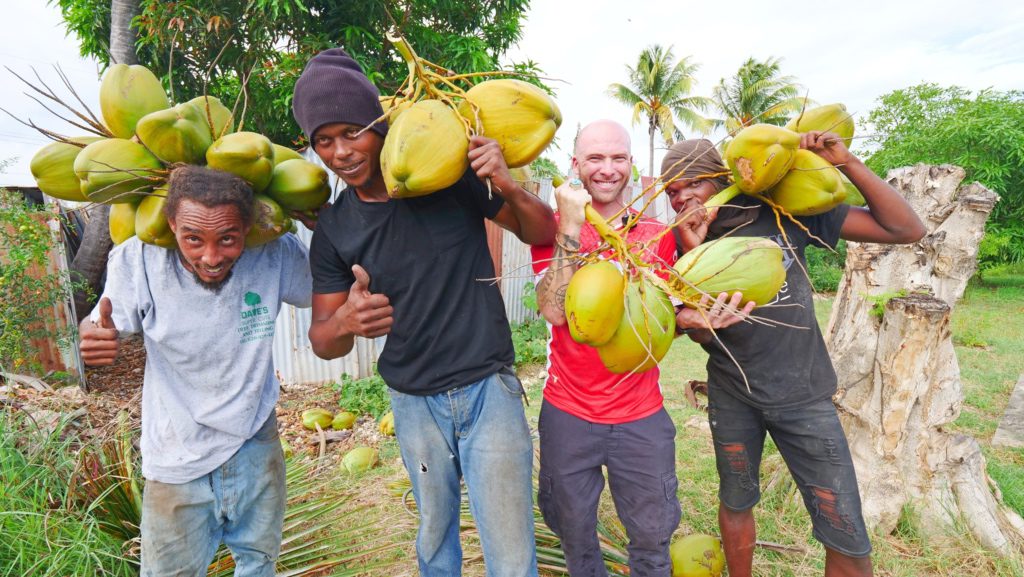In the heart of the Caribbean archipelago lies the island of Barbados, a stunning paradise graced with picturesque beaches and a lively culture. But beyond the island’s natural beauty and hospitality, it’s the unique Barbados language that truly sets it apart.
Known as the Bajan, this language adds a vibrant, distinctive touch to the rich cultural tapestry of Barbados. The language was everywhere when I explored the island with my friends Craig and Nerissa in 2022. Hearing its uniqueness every day made me want to learn more about the Bajan, including its origins and history.
Bajan, often pronounced BAY-jun, is a fascinating caribbean Creole language that has become a significant part of Barbadian identity. This Barbados language is an English-based creole heavily influenced by West African languages, reflecting the island’s historical connection with Africa.

While British English is the official language used in formal settings and written communications, Bajan is the local tongue that Barbadians speak in more casual settings.
This dialect is a colorful, expressive, and fast-paced language, uniquely blending standard English and unique ‘Bajanisms’ with an accent influenced by both African and British languages and British influences spoken throughout the island.
Bajan, in its essence, is a vibrant, colorful Barbados language that incorporates a series of idioms, jargon, expressions, and terminology that continuously evolve.
It’s not standardized, leading to wide variations in spelling since people generally spell words as they pronounce them. This lack of standardization also contributes to the rich dialectal variation across the island.

The dialect is mainly spoken, with no standardization in its written form. Because of this, Bajan words are commonly shortened versions of their original form.
For instance, ‘ting’ refers to ‘thing,’ and ‘dis’ refers to ‘this’ or ‘disrespect.’ This dialect can be tricky to follow, especially for visitors, as each individual speaks their personalized version of the dialect.
Interestingly, the Bajan dialect’s roots date back to the days when enslaved Africans were brought to Barbados and forced to speak English. They learned it imperfectly, and Bajan became a way for the slaves to communicate with each other without the slaveholders always being able to understand them.

Despite its historical origins, the Bajan language continuously evolves, with new idioms, jargon, expressions, and terminology frequently added.
To truly immerse yourself in the Barbados culture, understanding some of the common words and phrases in Bajan can be a fun and engaging exercise.

Below are some commonly used Bajan words and phrases that you might hear during your visit to the island, as well as some popular local proverbs:
If you’re planning to visit the island, learning a few phrases or words in this Barbados language can be an exciting way to immerse yourself in the local culture.

As a traveler who speaks three languages and is eager to learn more, I’ve learned some tricks to grasping mew languages quickly. Here are some tips and tricks to help you master the Bajan language:
The Bajan is more than just a language; it’s a symbol of Barbadian history, culture, and identity. By learning and using the Bajan dialect, you’re not just communicating with the locals; you’re immersing yourself in the rich cultural heritage of Barbados.

Whether you’re planning a trip to Barbados or just interested in learning about its unique dialect, understanding this Barbados language offers a fascinating insight into the island’s vibrant culture and history. So, start practicing your Bajan and get ready to ‘lime’ with the locals!

Remember, the beauty of language lies in its diversity. The Bajan, with its unique expressions and colorful vocabulary, adds to the global linguistic diversity and offers a captivating glimpse into the vibrant culture of Barbados. So, whether you’re a language enthusiast or a traveler planning your next vacation, exploring the Barbados language is indeed a journey worth embarking on.
Counter
101 Countries • 1432 Cities